Bass Players To Know: Carl Radle
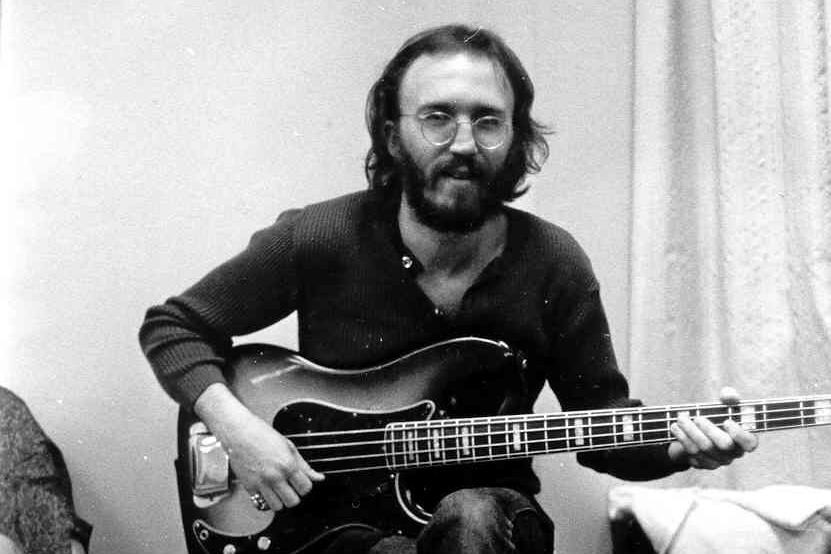
There are plenty of players who have left the musical world far too soon and are frequently overlooked or, more commonly, heard but not known. One example that comes to mind is the great and soulful Carl Radle, the California transplant who made an indelible mark in the world of blues and soul during the 1970’s. A fortuitous connection with Leon Russell landed him the Joe Cocker “Mad Dogs & Englishmen” tour, while his ability to combine elements of blues, rock, and country made him an ideal member for Derek & The Dominos, as well as Eric Clapton’s touring band. With recording credits that include Clapton, George Harrison, Freddie King, and Delaney & Bonnie, Radle’s contributions to the world of popular music certify him as a Bass Player To Know.
So Who Is Carl Radle?
Born in Oklahoma City, Radle made his early musical connections in Tulsa, Oklamoha while in his twenties. In addition to befriending artists such as J.J. Cale and Leon Russell, Radle’s early career revolved around working with Gary Lewis & The Playboys, Colours, and John Lee Hooker. By the end of the 1960’s, Radle decided to head west to California and reconnected with Leon Russell who was already immersed in the session scene. Thanks to Russell’s introduction, Radle got the gig touring with Delaney & Bonnie and Friends.
1970 proved to be a landmark year in Radle’s career, as he toured with Joe Cocker’s “Mad Dogs & Englishmen,” formed Derek & The Dominos alongside Eric Clapton, and played bass on records including George Harrison’s All Things Must Pass and Alone Together by Dave Mason. Despite the success of Layla and Other Assorted Love Songs, The Dominos broke up and Radle found himself returning to session work. During the first half of the 1970’s, he recorded with Dr. John, J.J. Cale, Leon Russell, Rita Coolidge, Freddie King, Buddy Guy, Art Garfunkel, and performed during George Harrison’s Concert For Bangladesh. When Eric Clapton decided to focus on a solo career, he enlisted Radle for his touring and recording band for the later half of the 1970’s. Towards the end of the decade, Clapton decided to go in a different musical direction and Radle moved back to Tulsa. At the age of 37, he passed away in May of 1980 due to kidney failure.
Let’s Talk Style
Most of the highly sought after session players are known for having excellent timing, keen musical instincts, and the ability to play for the song in a way that doesn’t overshadow the overall production yet enhances particular moments. Radle exemplifies each of these qualities and was lucky enough to step into creative musical scenarios that catered to his style of playing. Growing up in Oklahoma, there’s a good chance that he was familiar with Country (and) Western music, with the emphasis on solid root notes, fifths, and diatonic walking lines. Combine that with an affinity for blues, rock, and R&B, and it’s no surprise that he ended up being in demand during the 1970’s.
Radle is a brilliant rhythm section player—always aware of dynamic movement, willing to match the drummers’ intensity, and understanding when to provide melodic counterpoint. He is also an unassuming risk taker when it comes to harmony, where he favors pedaling a note while other instruments continue to move through changes. This is particularly evident on Mad Dogs & Englishmen, and tunes such as “With A Little Help From My Friends” where he remains on the one, creating tension and adding hipness to a song that, after a long tour, has probably been slightly exhausted. More often than not, his risk-taking pays off and his desire to experiment and push the boundaries in a live setting further prove the magic inherent in the art form.
Where Can I Hear Him?
“The Letter” (Joe Cocker: Mad Dogs & Englishmen (Live at The Fillmore East/1970))
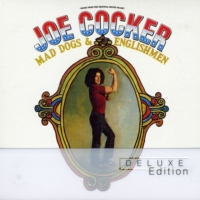 Radle shines as the groove master of this tune, integrating many quintessential bass moves: pedaling a note, following a unison lick, playing a funky foot-fifth pattern, and executing a harmonically perfect walking line. He matches the intensity of the band, aware of when to lay out so that the vocals are featured and happy to dig in as the drummer sets up moments of heightened dynamics. Frankly, this tune just feels good, and the rhythm section makes it so.
Radle shines as the groove master of this tune, integrating many quintessential bass moves: pedaling a note, following a unison lick, playing a funky foot-fifth pattern, and executing a harmonically perfect walking line. He matches the intensity of the band, aware of when to lay out so that the vocals are featured and happy to dig in as the drummer sets up moments of heightened dynamics. Frankly, this tune just feels good, and the rhythm section makes it so.
Listen: iTunes | Amazon MP3
“After Midnight” (Eric Clapton: Eric Clapton)
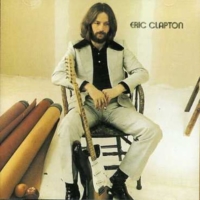 This quintessential Clapton hit features Radle’s prominent bass line driving the band and clearly outlining the chord progression of the song. While his note choice is fairly simple, the intricacy of his feel truly drives the song. His playing is quite on top of the beat and he pays close attention to the duration of the notes. The inflection he puts on the root and the fifth, as well as the integration of the major 7th grace note, reflects his ability to combine classic country style bass playing with the force and passion that propels a modern era rock and roll band.
This quintessential Clapton hit features Radle’s prominent bass line driving the band and clearly outlining the chord progression of the song. While his note choice is fairly simple, the intricacy of his feel truly drives the song. His playing is quite on top of the beat and he pays close attention to the duration of the notes. The inflection he puts on the root and the fifth, as well as the integration of the major 7th grace note, reflects his ability to combine classic country style bass playing with the force and passion that propels a modern era rock and roll band.
Listen: iTunes | Amazon MP3
“Bell Bottom Blues” (Derek & The Dominos: Layla and Other Assorted Love Songs)
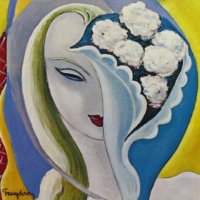 Highlighting Radle’s keen sense of melody and “for the song” style playing, this ballad features a far less energetic, yet equally powerful and thoughtful approach. Radle holds down the fort during the verses with clean half notes that define the time as the drummer plays a less conventional groove with a displaced backbeat. Throughout the choruses, he takes a melodic and McCartney-esk approach by playing a triplet fill to the third, a gliding major-pentatonic line, and by walking through the four-five changes.
Highlighting Radle’s keen sense of melody and “for the song” style playing, this ballad features a far less energetic, yet equally powerful and thoughtful approach. Radle holds down the fort during the verses with clean half notes that define the time as the drummer plays a less conventional groove with a displaced backbeat. Throughout the choruses, he takes a melodic and McCartney-esk approach by playing a triplet fill to the third, a gliding major-pentatonic line, and by walking through the four-five changes.
Listen: iTunes | Amazon MP3
How about you? What’s your favorite tune or album with Carl Radle? Please share with us in the comments.
Ryan Madora is a professional bass player, author, and educator living in Nashville, TN. In addition to touring and session work, she teaches private lessons and masterclasses to students of all levels. Visit her website to learn more!

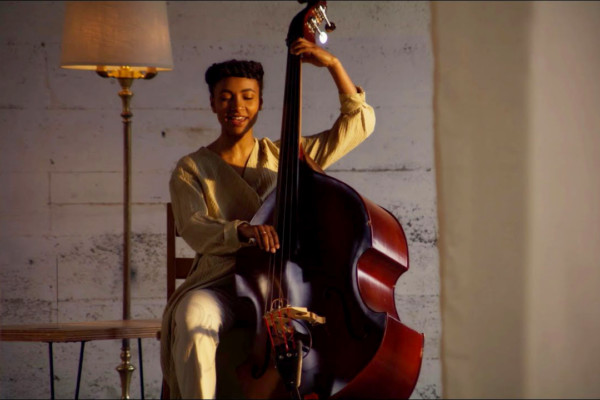
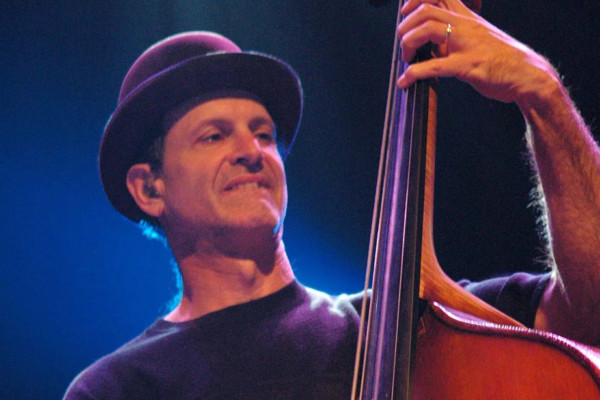
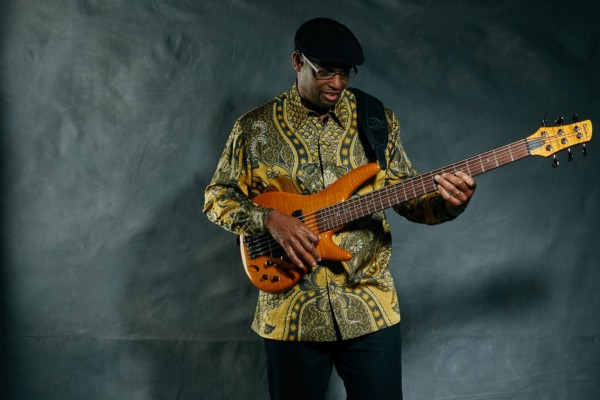
To me, the all time great Carl Radle performance is on Eric Clapton’s “Let it Rain”. At times simple, yet very melodic, and by the song’s end, driving. Beautiful !!!
My fav was all the music with Whitlock Clapton and Gordon on drums and Carl on bass the best
His superb playing can be heard on Derek and the Dominoes In Concert. His playing solidifies the rhythm section in the live version of Why Does Love Got To be so Sad.
Ambush by Marc Benno 1972. Incredible melody and timing with Jim Keltner.
Great article. Yes Carl Radle was one of the greatest. I’m a self taught bassist who wanted to learn how to play simply because bass sounded so “cool” to me and made so many records I grew up listening to sound so damn good. “Let It Rain” stands out to me as a classic, quintessential Carl Radle track. From the very beginning of the song’s intro until the very end of this under rated rock anthem, his melodic take is driving, melodic and beautiful. This is one of the rare tunes that I can literally listen to all day long.
RIP Mr Radle and thank you for helping me appreciate the art of great bass. Learning to play this great instrument has enriched my life beyond measure.
As I am a fan of Ryan Madura, I think this will help me in my attempt at being the best bass player I can be.
My favorite Radle’s bass line? ‘She Came In Trough In The Bathroom Window’, from Mad Dogs album: gorgeous melodic work, ‘, from Mad Dogs: gorgeous melodic work, solid groove. Carl Radle at your best!